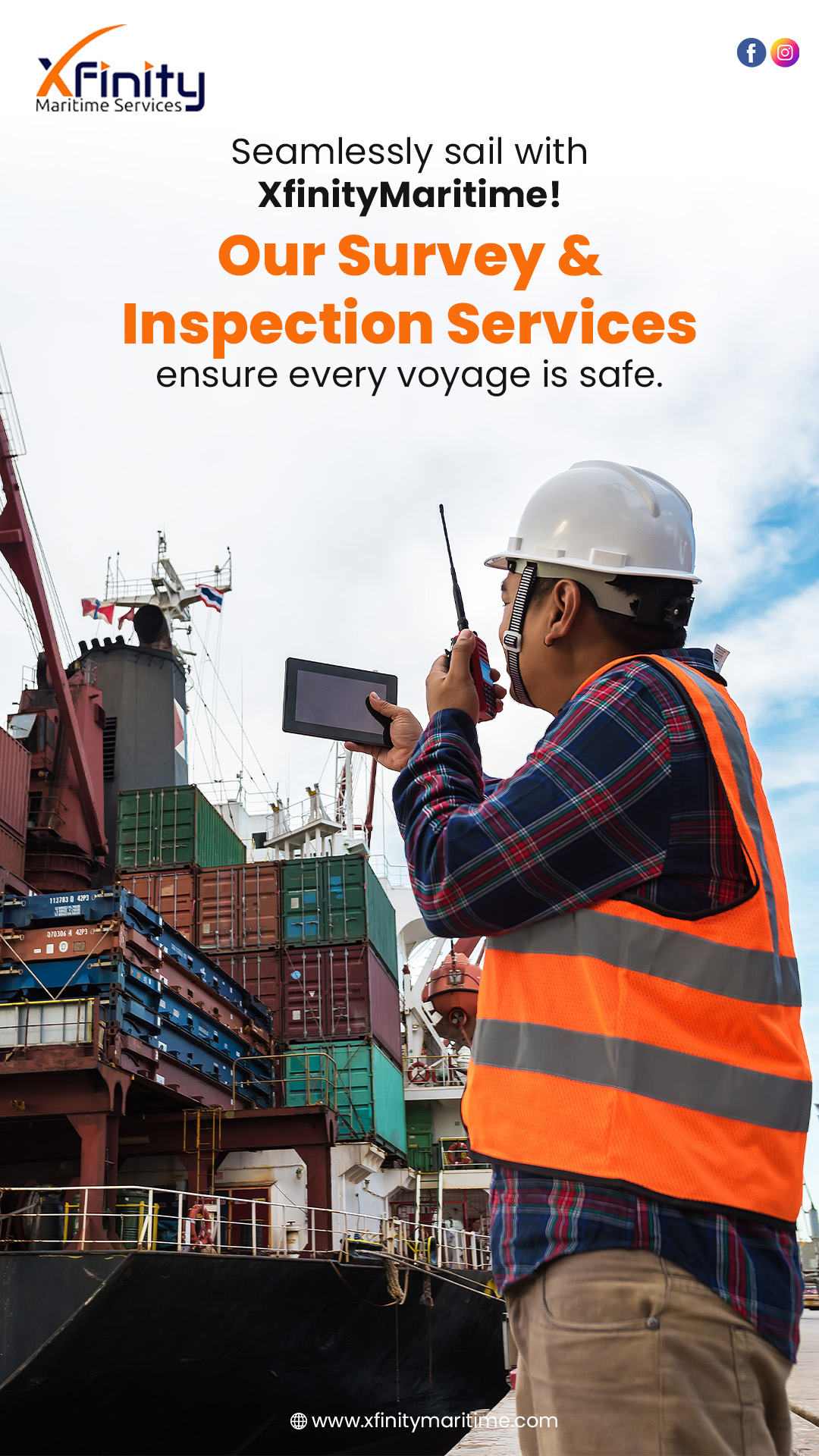- +91 22 69567567
- Sanpada, Navi Mumbai
- info@xfinitymaritime.com

At Xfinity Maritime Services, located in Sanpada, we pride ourselves on providing top-notch maritime solutions to ensure the safety and efficiency of cargo handling. Today, we're discussing one of the critical aspects of maritime operations: Container handling.
Proper handling of containers during stuffing and destuffing processes is crucial to prevent damage and ensure cargo safety. Here are our top 10 tips for ensuring proper container handling:
Inspect Containers Before Loading: Before loading cargo into containers, always inspect them thoroughly for any signs of damage or wear. This helps prevent potential issues during transit.
Use Proper Equipment: Ensure that appropriate equipment, such as forklifts or cranes, is used for handling containers. Using the right equipment reduces the risk of accidents and damage to the containers and cargo.
Follow Weight Limits: Adhere to weight limits specified for containers to prevent overloading, which can lead to structural damage and safety hazards.
Secure Cargo Inside Containers: Properly secure cargo inside containers using dunnage, bracing, or blocking to prevent shifting during transit. This helps maintain stability and prevents damage to both the cargo and the container.
Stack Containers Safely: When stacking containers, follow proper stacking procedures to ensure stability and prevent toppling. Avoid stacking containers unevenly or exceeding safe stacking heights.
Handle Containers with Care: Handle containers gently to avoid causing dents, scratches, or other damage. Rough handling can compromise the structural integrity of containers and impact cargo safety.
Use Correct Handling Techniques: Train personnel in proper handling techniques to minimize the risk of accidents and injuries. This includes lifting and moving containers safely to avoid strain or mishaps.
Protect Containers from Weather Elements: Protect containers from exposure to extreme weather conditions, such as excessive heat, rain, or saltwater spray, which can cause corrosion and damage.
Implement Quality Control Measures: Implement quality control measures to ensure compliance with handling procedures and standards. Regular audits and inspections help identify areas for improvement and prevent lapses in handling practices.
Invest in Training and Education: Invest in training programs for personnel involved in container handling to enhance their skills and knowledge. Well-trained staff are better equipped to handle containers safely and efficiently.
By following these top 10 tips for proper container handling, you can minimize the risk of damage to containers and cargo, ensuring smooth and secure maritime operations.
For Container Condition Surveys and other services contact us today!